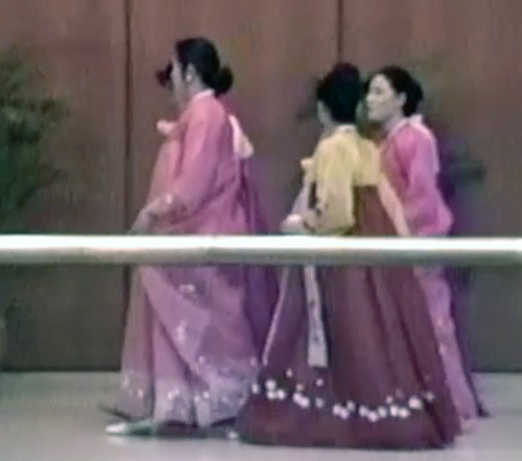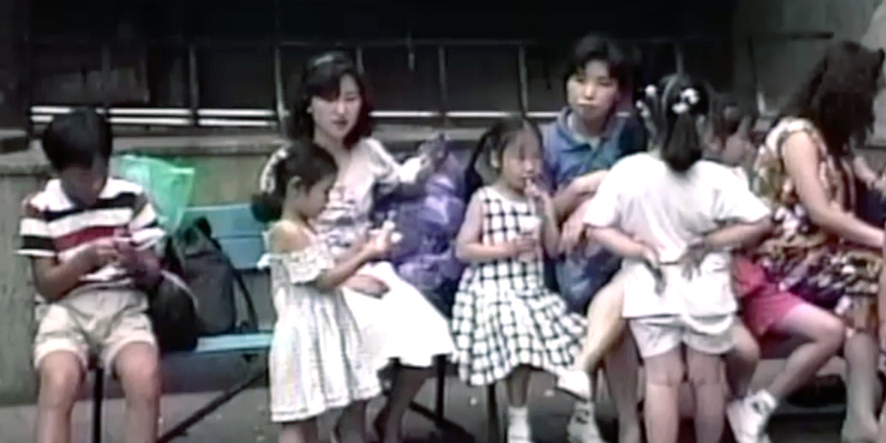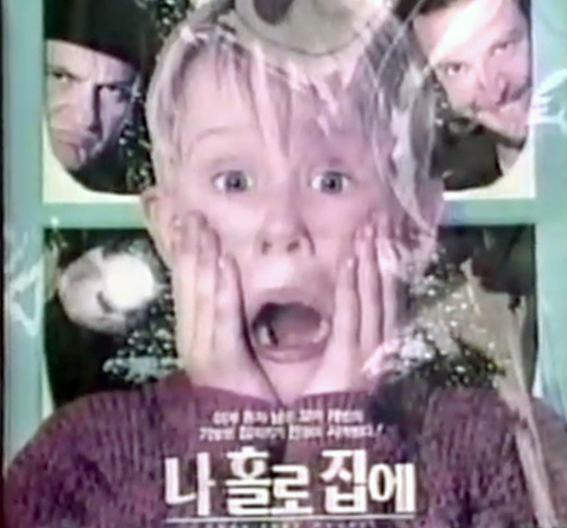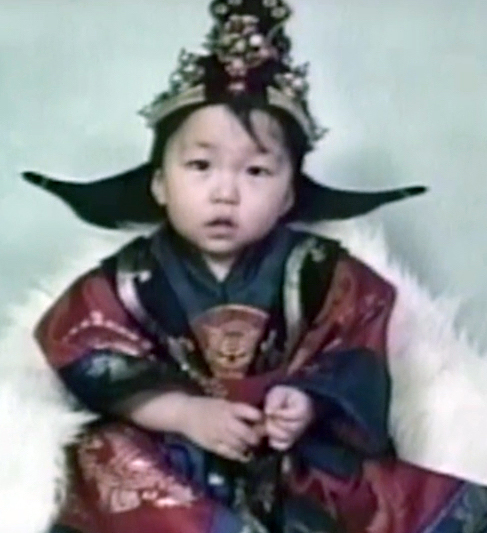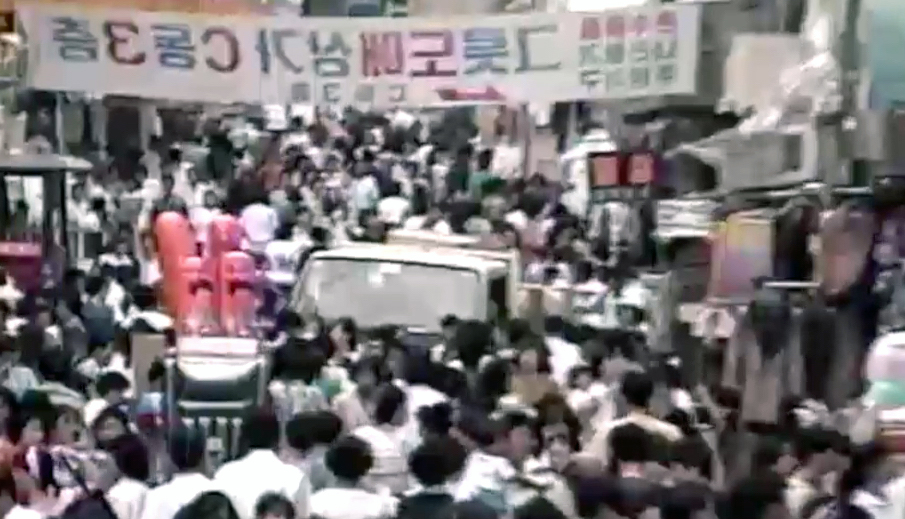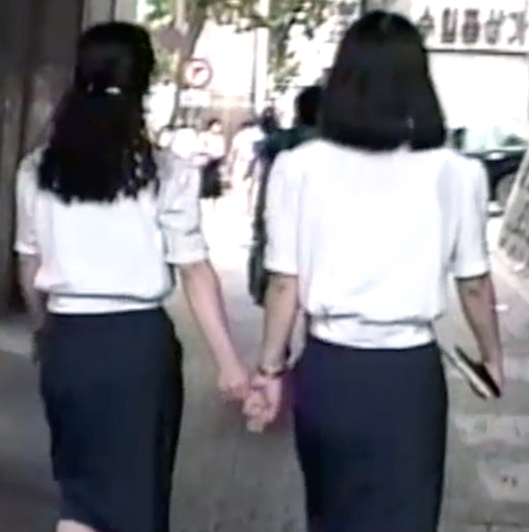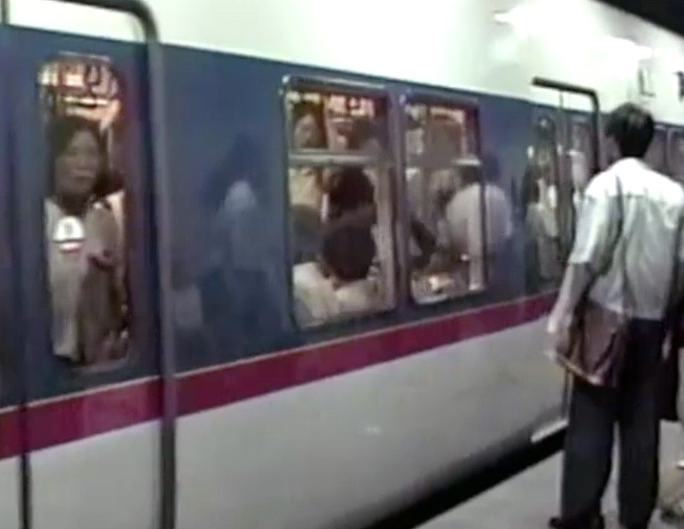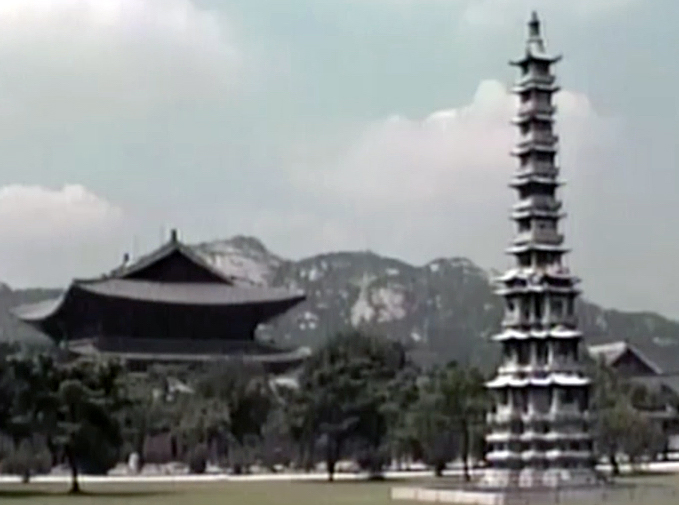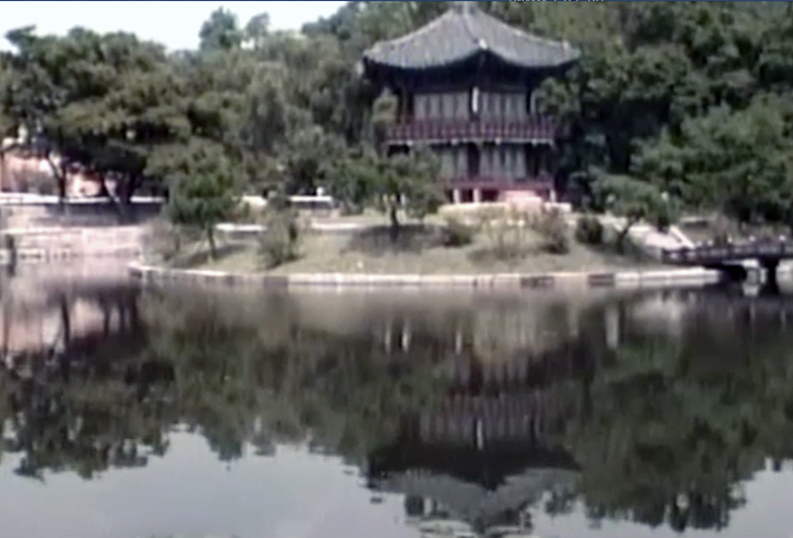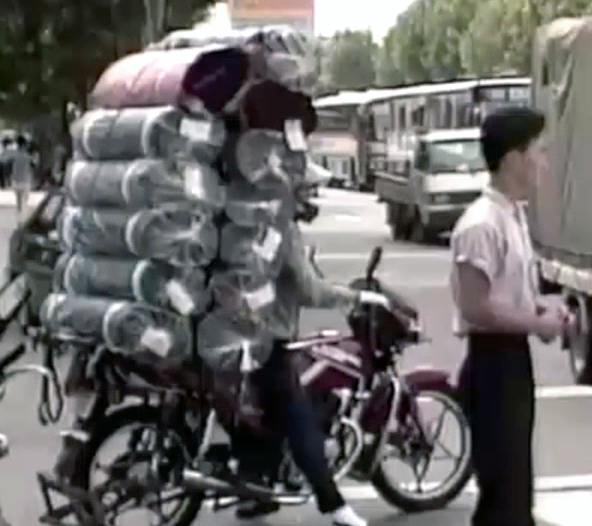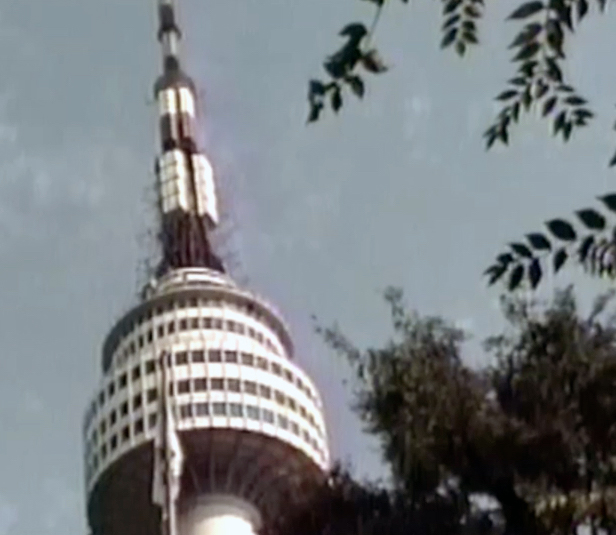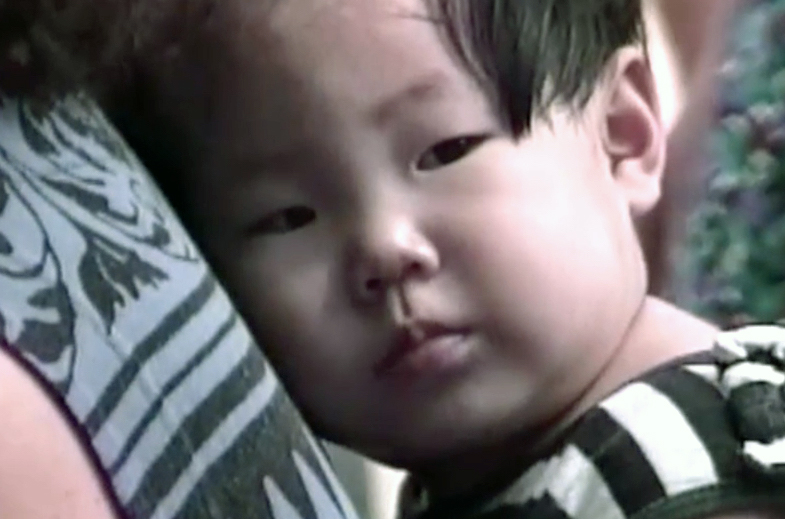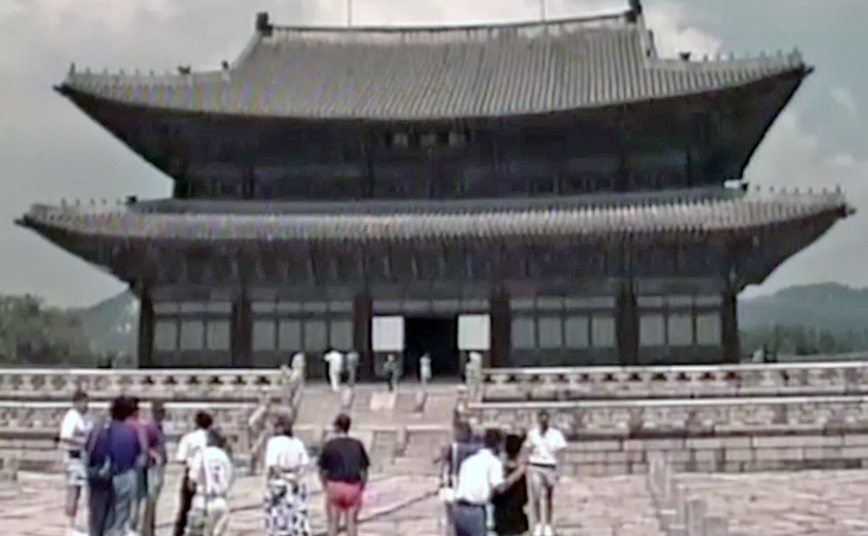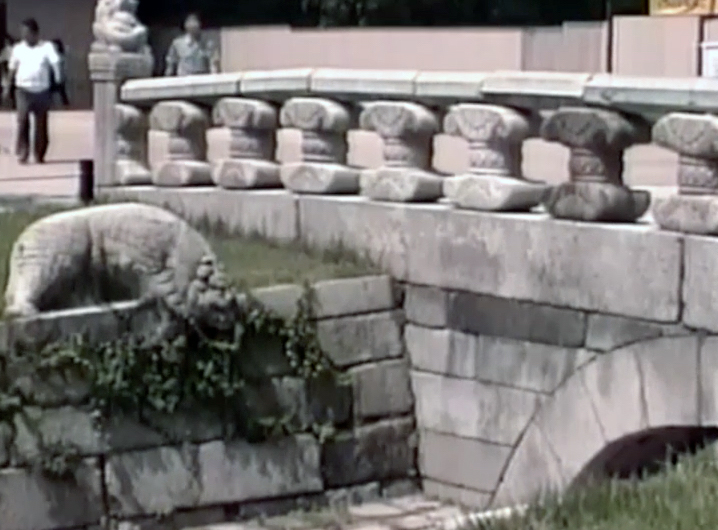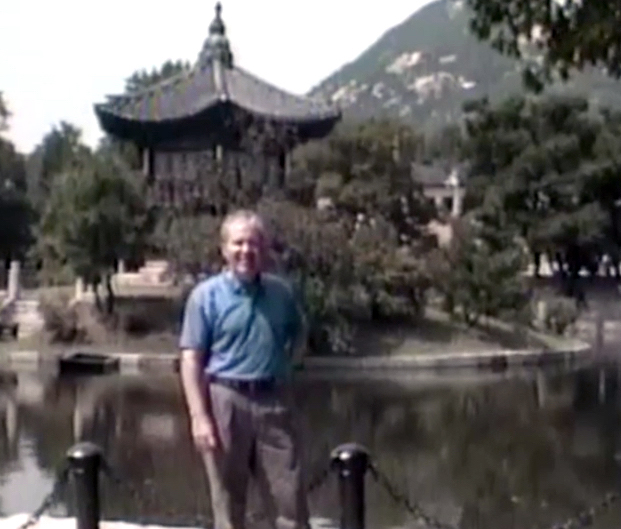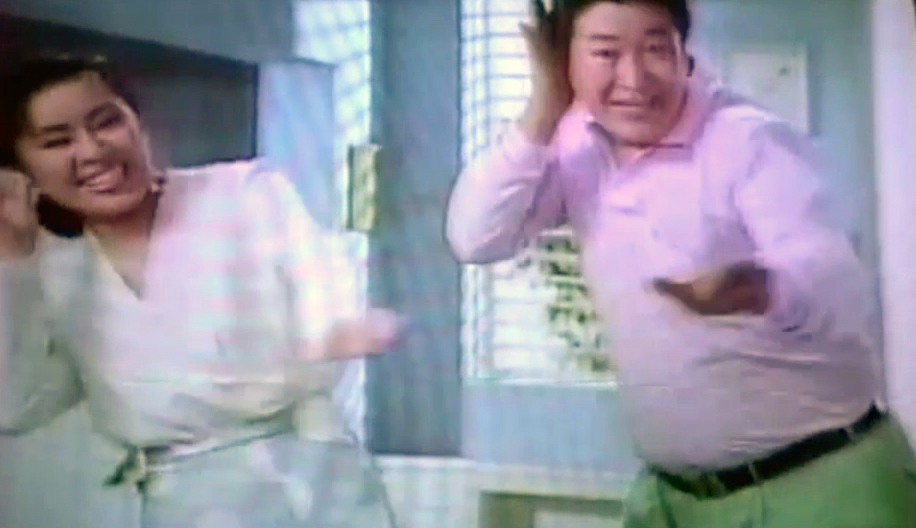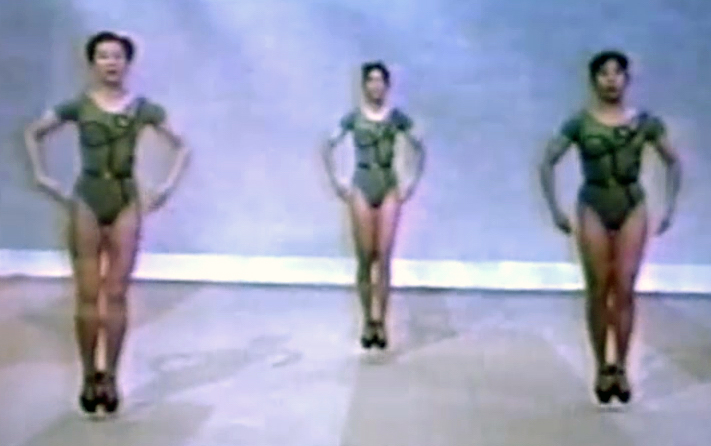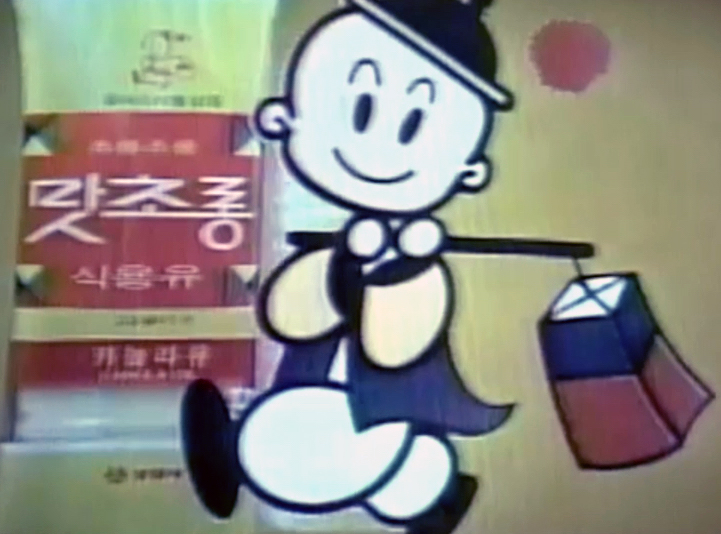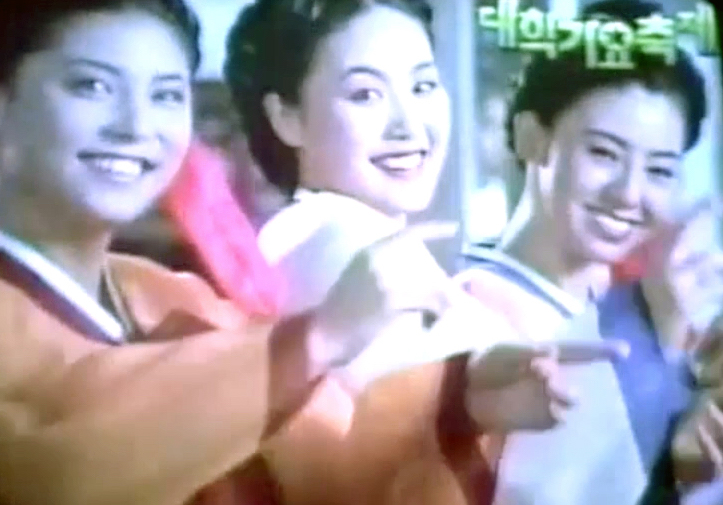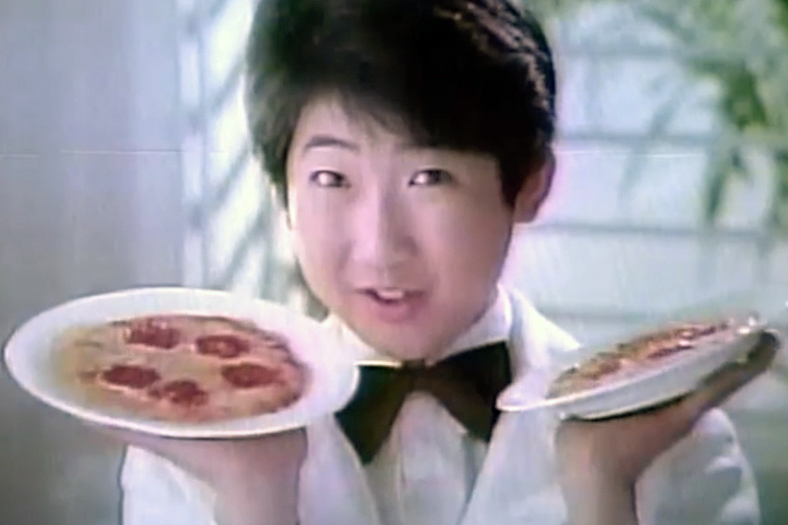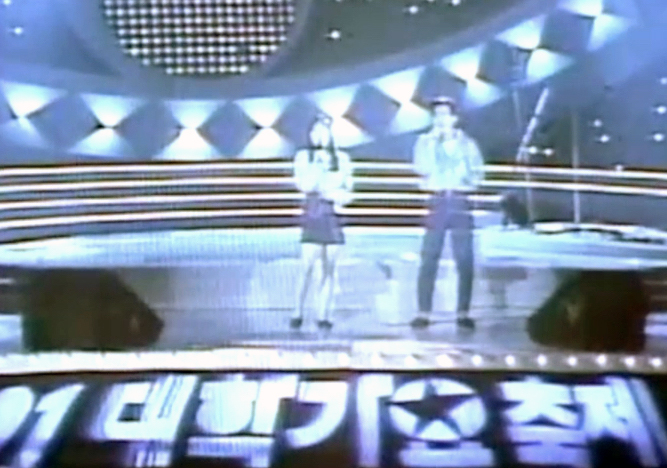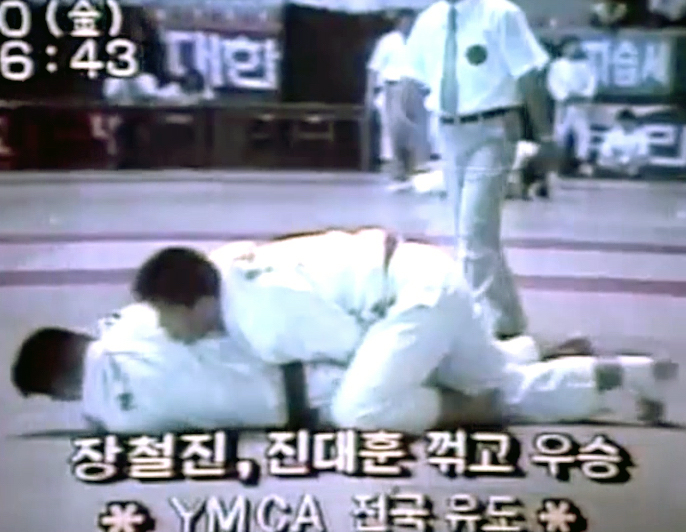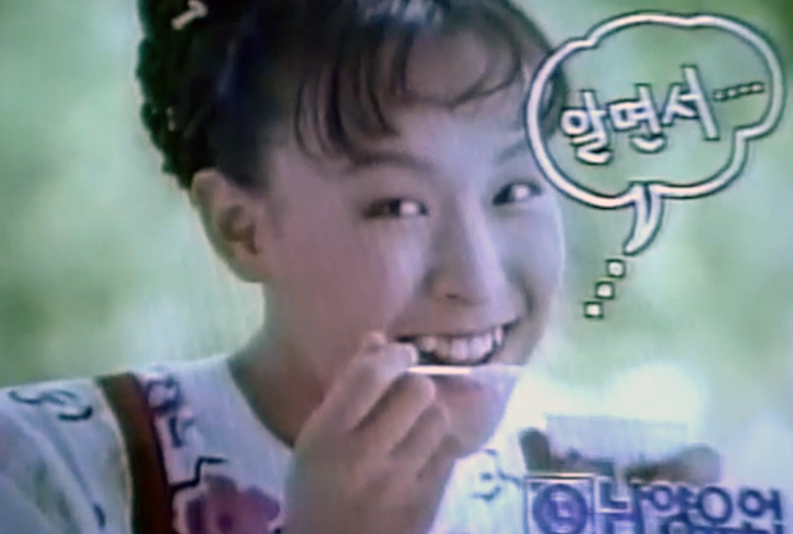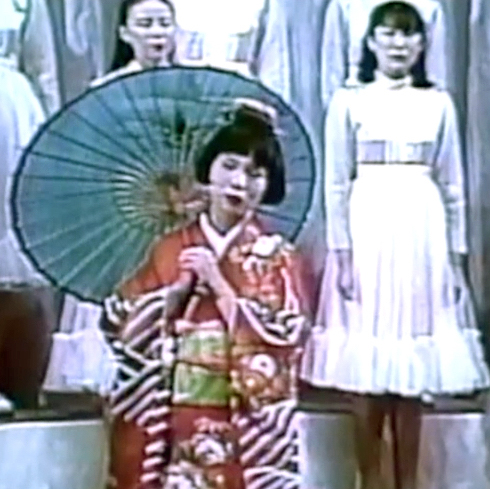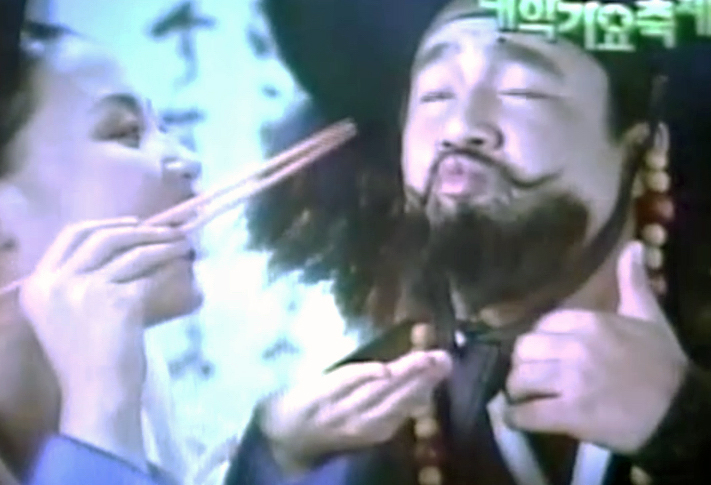When I wasn’t walking around Yongsan on duty, or sitting in my hotel room, I spent a lot of time walking around Seoul. As you’ll see in the videos, the Hilton was located in central downtown, near many tourist sites, as well as market areas.
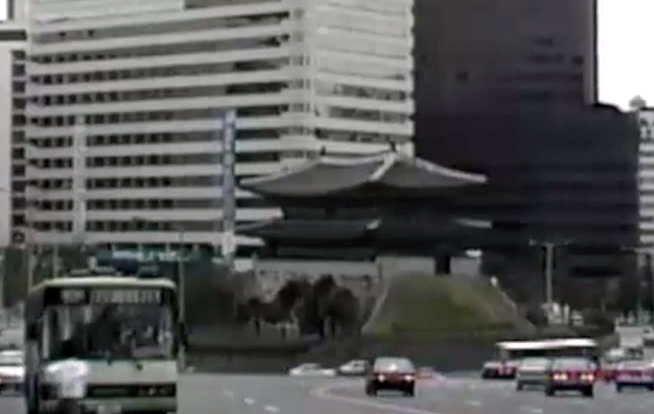
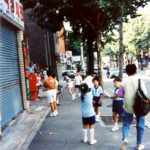
There are three videos in this post. Part I has scenes of the hotel interior and street scenes, particularly the Dongdaemun Market area. Part II focuses on the Deoksugang Palace complex and Namsan Park. Part III contains clips from Korean television. I found the ads particularly interesting in terms of conveying Korean life. Not that it portrayed the lives of average Koreans accurately, but gave glimpses of styles, etc., I wouldn’t have seen otherwise. There will be a gallery of video captures with each video, so you can see whether the content may be of interest.
(I apologize for the graininess of the videos. I shot them, I believe, on a VHS video camera. I then digitized that video relatively recently and edited in iMovie. It’s like watching broadcasts of old football games on TV now.)
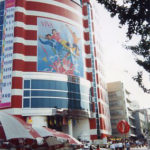 First, an anecdote about something that did not involve walking around, shooting video. As I mentioned in the earlier post, it’s about eating traditional Korean food. Actually, it’s more about just an interesting experience that involved dinner.
First, an anecdote about something that did not involve walking around, shooting video. As I mentioned in the earlier post, it’s about eating traditional Korean food. Actually, it’s more about just an interesting experience that involved dinner.
A fellow reservist, from San Jose, was big in the Jaycees, the Junior Chamber of Commerce, which had an international component. Through that organization, he had come to know a Korean who owned three, as I recall, Holiday Inns in Seoul. The reservist told me he had been invited to join this gentleman for dinner while we were in Seoul and he invited me and another reservist to come along. We went to one of the Holiday Inns one evening, going through a restaurant that had a humungous buffet to the owner’s private dining room.
There, a low-set table with place settings awaited, a much more traditional setup than the buffet area. I recall there was also a recessed area under the table, to accommodate Westerners less able to sit with their legs folded. Thank goodness. Also awaiting us was the owner and his wife, in their early to mid-forties, as we were. I ended up sitting next to her, which as the evening wore on, was a special treat.
I had tried to learn some elements of social exchange in Korean. At one point, the wife offered me something and I said Kamsahamnida, Korean for “thank you,” slowly stating each syllable. She giggled, and said something to her husband in Korean. Of course, someone more learned in Korean would have said it more quickly, in fewer syllables, something like Kamsamnida.
Among the food items served was bulgogi, again, the marinated grilled beef. This time, the wife showed me how to prepare it in a traditional way, using a lettuce leaf as a wrap and placing the bulgogi, rice, scallions, kimchi, sesame seeds, etc., within. There was other food and dessert, brought in by attendants, but I don’t remember much about them.
We also had the national drink of Korea. Soju is a clear liquid distilled from rice (as is sake, the Japanese drink, which is brewed and considered “rice wine”). Soju is generally about 40 proof, half of what vodka, for example, might be. It’s basically tasteless and without the alcohol “burn” one would experience with stronger stuff. We were served it in regular size water glasses, filled to the brim. I had read that Korean table manners did not permit a guest to fill his or her own glass, but called for the host to maintain guests’ glasses be always full. I also just recently read that South Koreans drink more hard liquor than residents of any other country in the world.
At one point, there was something of a kerfuffle, because our host noticed that one among us was not drinking his soju. That gentleman, a fellow reservist, pointed out that he was Mormon and did not drink alcohol. Our host seemed to consider that an affront to his hospitality. That took some multicultural discussion to iron out and I recall it ending not entirely well.
Back to the wife. As the evening progressed and more soju was imbibed, she started leaning over to tell me things I assume she did not want others to hear. Nothing lascivious, mind you. More like telling me about her most recent shopping trip to Paris. How she often went to Paris, Rome, New York, San Francisco for shopping. How she had her own business and her own money, neither of which her husband knew about. When she went shopping, of course, she whispered with a smile, she used her husband’s money, not hers. I think it may have been one of those cases when someone realizes she and her husband will never see this American again and just wants to let it rip.
On to the visuals.
Part I – The Hilton and Namdaemun Market
A gallery of images from the video (14:01) (The galleries are automatic slideshows. You can wait or click on the right-hand side of the image to move ahead.)
Part II – Deoksugung Palace, Dongdaemun Fabric Market, and Namsan Park
Deoksugung is a walled compound of palaces and other buildings, the earliest originating in 1398. Only a third of the structures that were there in 1910 remain, the rest having been destroyed in the Japanese occupation of Korea, 1910-45.
Here’s a gallery of images from the video (17:39)
Part III – Korean TV
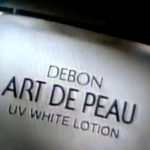 It’s mostly ads, some music, some sports. The ads feature a lot of cartoony material, lots of laughter, a lot of fast food. Also among the ads in the video are a couple for “white” lotions. Seeking lighter, whiter skin apparently has been a goal among some/many Asians for centuries. Even back in 1991, seeing these was something of a surprise. A 2012 article in Asian Scientist — “Who’s the Fairest of Them All?” — talks about it.
It’s mostly ads, some music, some sports. The ads feature a lot of cartoony material, lots of laughter, a lot of fast food. Also among the ads in the video are a couple for “white” lotions. Seeking lighter, whiter skin apparently has been a goal among some/many Asians for centuries. Even back in 1991, seeing these was something of a surprise. A 2012 article in Asian Scientist — “Who’s the Fairest of Them All?” — talks about it.
Also, I recorded this in a pretty crude manner. I sat in bed, in front of the television, with a video camera. You’ll sometimes see the edges of the screen and even the reflection of the bedside lamp on the screen. 🙁
Here’s a gallery of images from the video (12:46)
Finally, I’ll close this travelogue about Korea with something I read in material in my hotel room. It was an article in a politically oriented magazine, as I recall, about the possibilities of reunification of North and South Korea. The Korean author was enthusiastic about the prospect. The combination of South Korean know-how and the physical resources in the North would make a united Korea very strong. And, he concluded, that would mean Korea could take on Japan! There is no love lost between Korea and Japan, at least among older generations.

